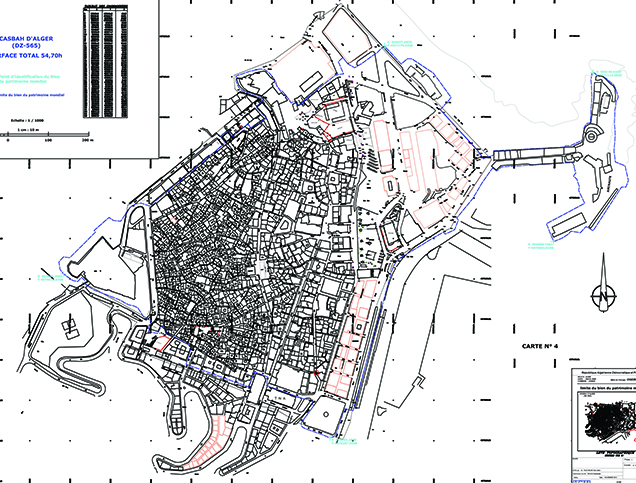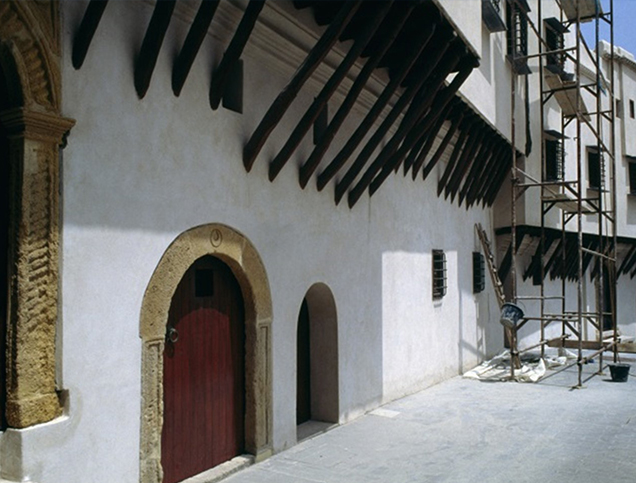
Close

Approach Words: City Identity, Heritage Preservation, Urban Livability
Public Policy Instruments: Financial Mechanism, Organization, Physical Intervention, Planning
The Casbah of Algiers, often referred to as the Casbah or Kasbah (meaning walled citadel), is a historic ‘medina’, or Islamic city, located in Algiera, the capital city of Algeria1. A UNESCO World Heritage Site since 1992, the Casbah is considered ‘an outstanding example of a historic Maghreb city’2 and an important part of Algerian heritage3. Extending over an area of 1.05 square kilometer, on a hill overlooking the capital, and housing nearly 50 thousand people within its Ottoman-era walls4, the Casbah has long faced deterioration due to factors such as earthquakes, floods, fires, and neglect5.

Title: Map of the Casbah of Algiers.
Source: Click Here

Title: View from Casbah of Algiers in 2007.
Source: Click Here

Title: Restored building Palais des Raïs in the Casbah.
Source: Click Here

Title: Renovation of a building in the Casbah.
Source: Click Here
Initial works to restore the Casbah began right after Algeria’s independence in 1962, with efforts intensifying over the years6. The most recent project for the restoration of the Casbah was launched in 2012, aiming to restore ‘the authentic appearance of the Kasbah and proposing final solutions to protect this historical and cultural center and keep part of its population in their homes’7 i.

Owner/Developer (Public)

Contractor/Implementer
This restoration endeavor is led by the Directorate of Public Works of the Wilaya of Algiers with a budget exceeding $170 million8 ii, and follows extensive studies, in collaboration with the local firm Agence Ali Pacha Mehdi 9. The project is currently under implementation in two main phases:
The project has faced challenges, including the fragility and decay of the buildings, as well as some legal issues related to property ownership13 iii.
Project Link
Endnotes
References